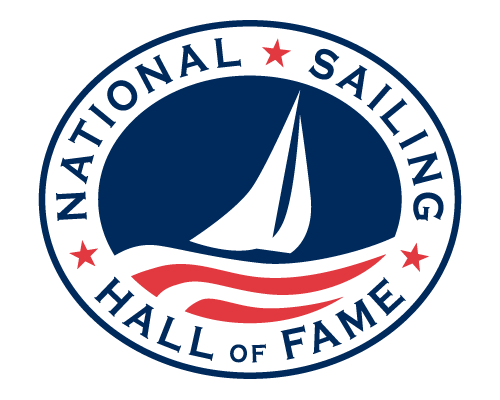
Doug Peterson
July 25, 1945 - June 26, 2017
Los Angeles, CA
The year is 1979 as yacht designer Doug Peterson rides on the transom of a Six Meter on Puget Sound. He is staring intently at the water flowing off the stern. When asked what he was doing Peterson explained, “The wave back here is too big. I am trying to think of ways to reduce the size of the wave so the next design will have less drag.” The moment spoke volumes about the pragmatic approach Doug Peterson had toward designing fast sailboats. In 1973 his new One Ton sloop named Ganbare launched his remarkable career when it a excelled in a series of regattas in San Diego and Italy. According to the Encyclopedia of Yacht Designers, by J. Scott Rohrer, W.W. Norton & Company, Inc., 2006, “ Ganbare featured squarish bow sections, sharply tapered fin keel, and a shallow skeg at the top of a slightly balanced rudder, looked very much out of step with the rest of the fleet.” Ganbare dominated it’s first regatta and became an overnight sensation and with it Peterson’s reputation. “Ganbare” is a Japanese word that means, “good luck.” Peterson’s next design was Gumboots which also won the One Ton Cup in England. Peterson never had any formal training and dropped out of college after a few semesters but he did well on the racecourse as a junior sailor and had the opportunity to race on a wide variety of designs by Sparkman & Stephens, E.G. van de Stadt, Bill Lapworth, George Kettenburg and Skip Calkin. He worked in Calkin’s design studio in high school. By the mid-1970s Peterson’s own design firm was booming. Among his younger proteges were Bill Tripp, Peter Wormwood, John Reichel and Jim Pugh who would all become highly successful yacht designers. In 1991 Bill Koch invited Peterson to join the America3 design team. The team won the America’s Cup in 1992. Recognizing his talent, Team New Zealand hired Peterson for the next Cup in 1995 and they successfully challenged. His next two America’s Cup commissions were for the Prada Challenge, “Luna Rosa”. The team made the America’s Cup final in 2000 but lost to the home town team from New Zealand. Dozens of yacht construction companies commissioned Peterson to draw the lines for their yachts. Peterson was an artist at his craft and was able find clever ways to make a boat perform well under a handicap rating rule. When a new rule, like the America’s Cup Class, came along he was among the first to grasp what design elements would give his boats a speed advantage. His father, Carlton, was an aerospace engineer and sailed frequently with his two sons. The younger Peterson credited his father for helping build his passion for sailing, “My father taught me a lot from the beginning about design.” Doug Peterson died at the age of 71 from colon cancer in 2017. — Gary Jobson
Preserving America’s Sailing Legacy
Engaging Sailing’s Next Generation
Stay Connected to the National Sailing Hall of Fame
